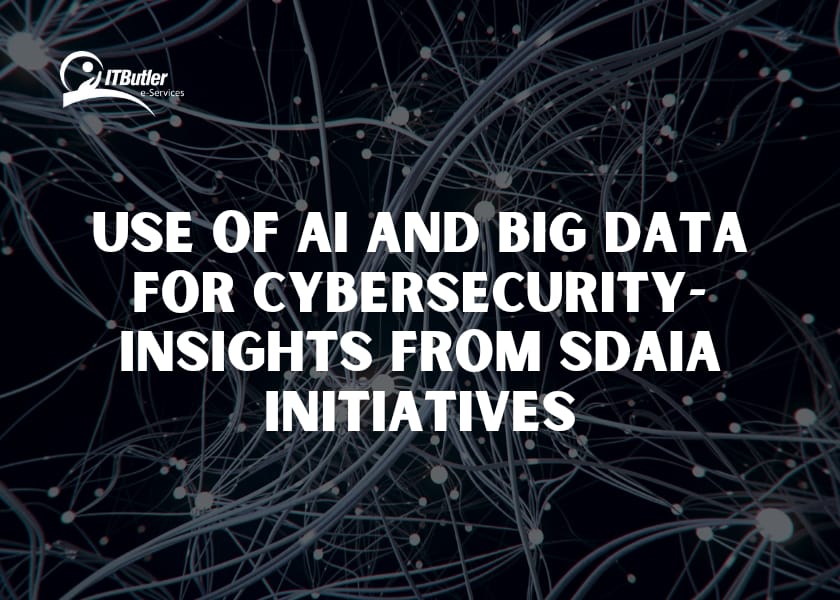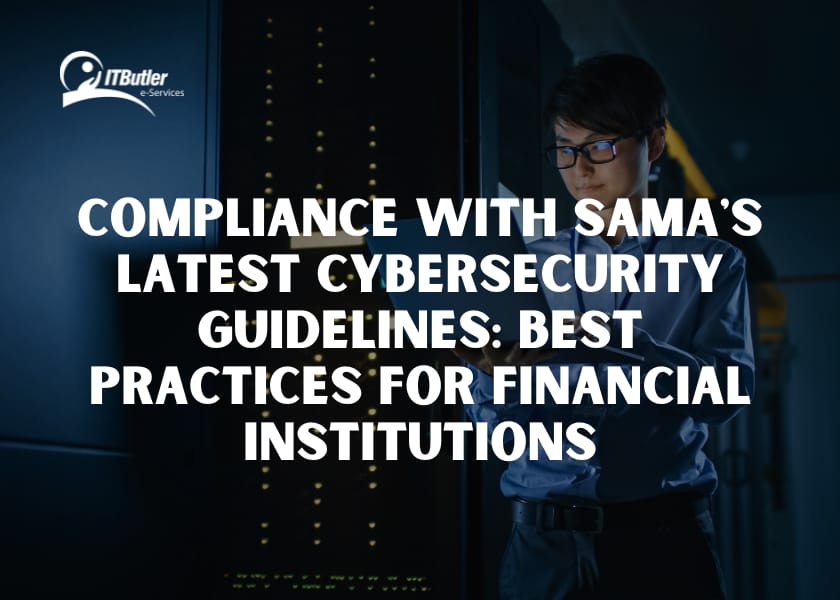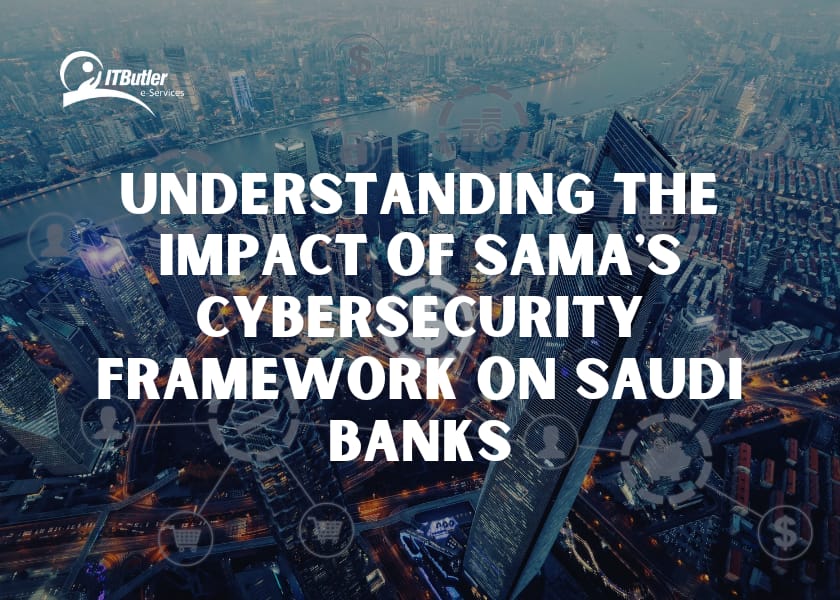In the dynamic landscape of cybersecurity, the onboarding process for senior management is a critical juncture that can shape the success and resilience of an organization. This guide delves into the strategic importance of onboarding senior management in cybersecurity initiatives, outlining the key components, benefits, and best practices. By aligning leadership with the complexities of cybersecurity, organizations can fortify their defenses and foster a culture of proactive cybersecurity awareness.
The Strategic Importance of Senior Management Onboarding
Onboarding senior management is not merely a formality but a strategic imperative. Cybersecurity initiatives require a top-down approach where leadership plays a pivotal role in setting the tone, prioritizing cybersecurity, and driving a culture of vigilance.
Key Components of Senior Management Onboarding
Cybersecurity Awareness Sessions
- Senior management is immersed in comprehensive cybersecurity awareness sessions. These sessions cover emerging threats, the organization’s current cybersecurity posture, and the critical role senior leaders play in fostering a cybersecurity-conscious culture.
- Awareness sessions ensure that leaders are well-versed in the evolving threat landscape and the importance of proactive cybersecurity measures.
Understanding Regulatory Landscape
- Senior leaders gain a deep understanding of the regulatory landscape, especially in the context of cybersecurity. This includes familiarity with local and international standards, such as those set by the National Cyber Security Authority (NCA) and other regulatory bodies.
- Understanding the regulatory landscape helps leaders align cybersecurity initiatives with compliance requirements.
Incident Response Simulations
- Onboarding includes realistic incident response simulations. Leaders actively participate in scenarios that mimic cybersecurity threats and breaches, allowing them to understand the intricacies of response protocols and decision-making during a crisis.
- Simulations prepare leaders to navigate the complexities of real-world cybersecurity incidents with confidence and efficiency.
Technology Stack Familiarization
- Senior management is introduced to the organization’s technology stack, emphasizing the role of cybersecurity tools and solutions. This includes a demonstration of how these technologies contribute to the overall cybersecurity strategy.
- Familiarization ensures that leaders can make informed decisions about technology investments and understand the capabilities and limitations of existing cybersecurity infrastructure.
Benefits of Senior Management Onboarding
Leadership Alignment
- Onboarding ensures that senior management is aligned with the organization’s cybersecurity goals and objectives. This alignment is crucial for effective decision-making and resource allocation in cybersecurity initiatives.
Proactive Decision-Making
- Informed leaders can proactively make decisions that enhance the organization’s cybersecurity resilience. From investment strategies to policy enforcement, leaders equipped with cybersecurity knowledge contribute to a proactive security posture.
Culture of Cybersecurity Vigilance
- Onboarding establishes a culture of cybersecurity vigilance at the leadership level. When senior management prioritizes and actively engages with cybersecurity initiatives, it sets an example for the entire organization.
Regulatory Adherence
- With a thorough understanding of the regulatory landscape, senior leaders can ensure that cybersecurity initiatives align with compliance requirements. This reduces the risk of regulatory non-compliance and associated consequences.
Best Practices for Senior Management Onboarding
Continuous Education
- Cybersecurity is dynamic, and senior leaders should undergo continuous education to stay abreast of emerging threats and technologies. Regular updates and briefings ensure that leaders remain well-informed.
Integration with Strategic Planning
- Onboarding should be seamlessly integrated with strategic planning sessions. Cybersecurity considerations should be an inherent part of discussions around organizational goals and objectives.
Collaboration with IT and Security Teams
- Foster collaboration between senior management, IT teams, and cybersecurity experts. This collaborative approach ensures that decisions are well-informed and aligned with technical realities.
Metrics and Key Performance Indicators (KPIs)
- Establish cybersecurity metrics and KPIs that are regularly communicated to senior management. This enables leaders to track the effectiveness of cybersecurity initiatives and make data-driven decisions.
Conclusion
Onboarding senior management in cybersecurity initiatives is not just a practice; it is a strategic investment in organizational resilience. By equipping leaders with the knowledge and tools needed to navigate the complexities of cybersecurity, organizations pave the way for a proactive, vigilant, and resilient cybersecurity culture. Senior management becomes not only stakeholders but active participants in the organization’s cybersecurity journey, ensuring that cybersecurity is not just a department but a shared responsibility across all levels of leadership.






